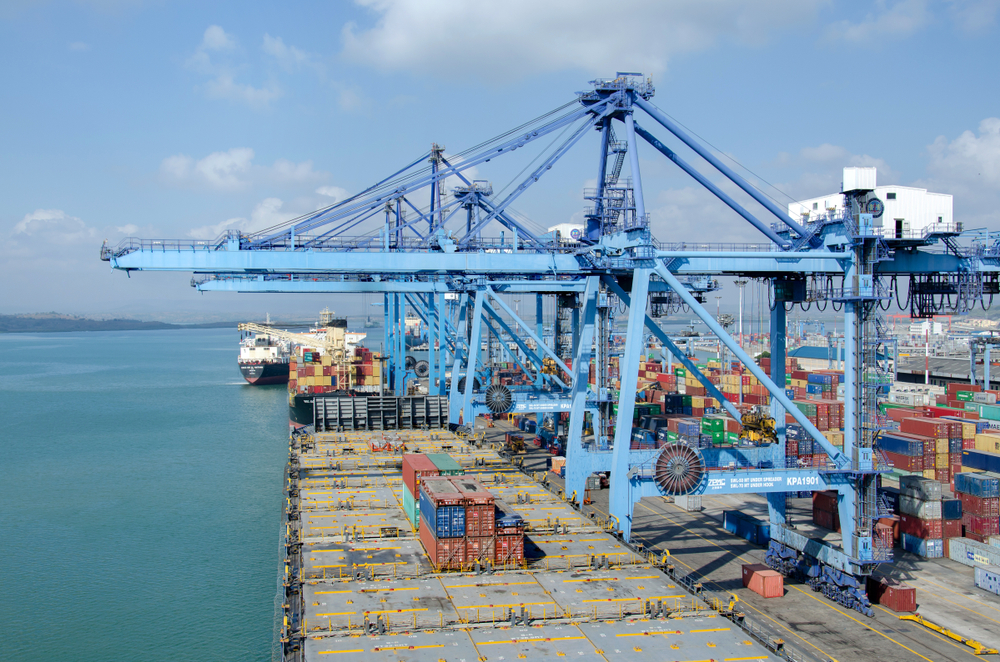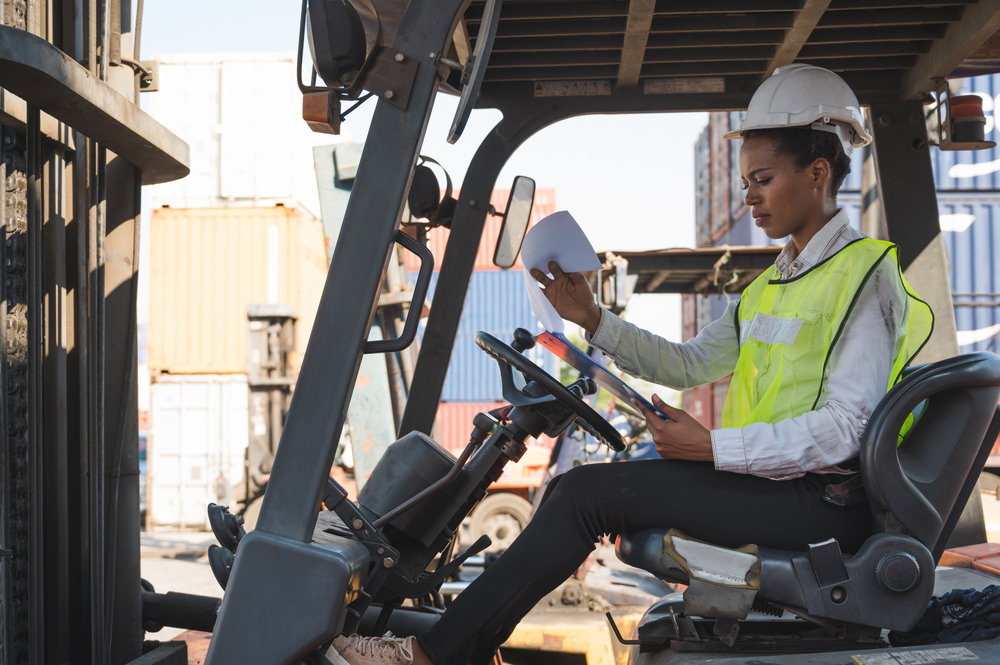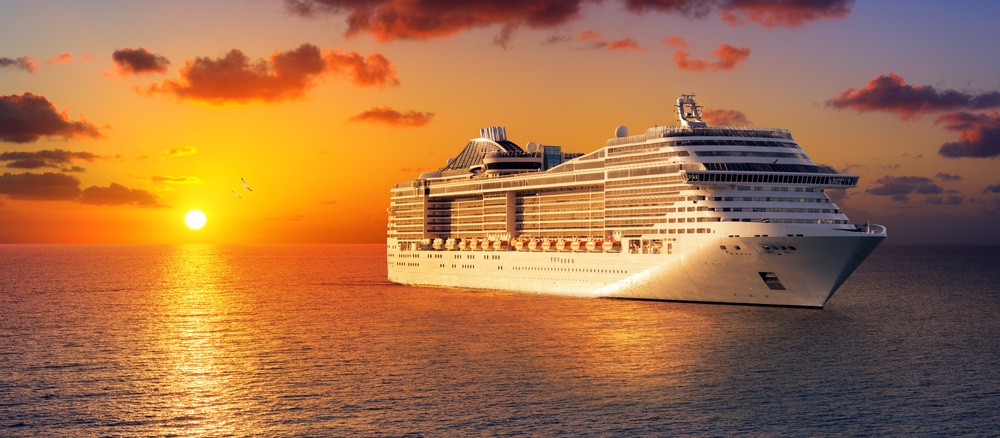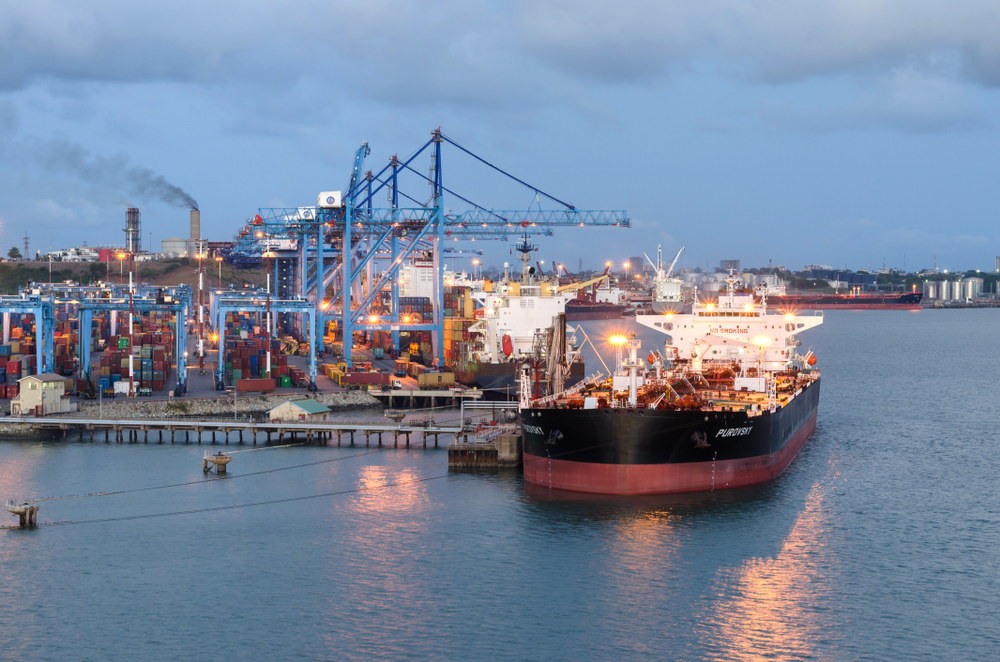Near Fort Jesus, at Mombasa Old Town, the Port of Mombasa has and continues to serve as a cargo docking and loading zone for centuries. Kilindini Harbor makes up the main and most significant section of the port, the only international seaport in Kenya and the largest cargo port in East Africa. Referred to by the locals as simply ‘the port’, the port of Mombasa has a long history dating back to ancient times when it was used for trade by Arab and Persian traders.
During the colonial era, the British further developed it specifically to support Kenya’s main product for export at the time, soda ash. When we eventually gained independence, the port evolved into a modern, efficient port facility that we marvel at today. A true masterpiece of economic ingenuity.
In this article, we invite you to journey with Kendirita, as we reflect on the crucial significance of the port of Mombasa to Kenya and the entire East African community.
Economic Significance

The Port of Mombasa plays a vital role in Kenya’s economy and the economies of its neighboring countries. Serving as a key entry and exit point for most imports and exports, it handles a significant portion of Kenya’s international trade.
The port’s efficient operations and capacity to handle large volumes of cargo contribute to economic growth in Kenya and its neighbors. It stimulates economic activities in sectors such as transportation, logistics, manufacturing, and maintenance services.
Additionally, this port services the landlocked countries of Uganda, Rwanda, South Sudan, Burundi, and parts of the Democratic Republic of Congo, providing them with access to the sea.
Employment

The port is also a significant source of employment in Kenya and the entire region of East Africa. Every year, it directly employs a large number of people in various roles, including dockworkers, customs officials, truck drivers, and administrative staff. Not to mention, the Mombasa port indirectly supports jobs in related industries and services such as construction and tourism.
Connectivity
The port of Mombasa is well-connected to major road and rail networks, making it easier to transport goods to and from various parts of Kenya and its neighboring countries. The Standard Gauge Railway (SGR), opened in 2017, connects Mombasa to Nairobi and beyond, and has further enhanced the efficiency of cargo transportation.
Cruise Ships

Mombasa, Kenya’s largest coastal city, is the main port of entry for cruise ships. It has a modern cruise terminal, known as the Mombasa International Cruise Terminal (MICT), which was opened in 2019. The terminal is equipped to handle cruise passengers and offers facilities for customs and immigration processing.
Cruise ships that visit Kenya often include it as part of larger East African itineraries. These itineraries may also include stops in other East African countries, such as Tanzania and Madagascar. At Kendirita, we have taken on this new frontier of tourism with great vigor and enthusiasm.
We organize trips for our cruise ship guests to popular attractions in Kenya among them; Mombasa’s historical sites, wildlife safaris in nearby national parks of Tsavo and Amboseli, and excursions to the coastal towns of Malindi and Lamu. And we plan similar cruises from Kenya to the rest of the world.
Expansion and Modernization

Over the years, the Port of Mombasa has undergone significant expansion and modernization efforts to accommodate growing trade volumes and improve its efficiency. These efforts include the construction of new terminals, upgrading of equipment, and improving cargo handling processes.
A second port that will further increase cargo handling capacity at the Kenyan coastline is under construction in Lamu. We anticipate further improvements and eagerly await all the progress we will make and all the guests we are yet to welcome. So, why don’t you give us a call today for a detailed cruise package and so much more?
Writer: Winnie Wekesa
